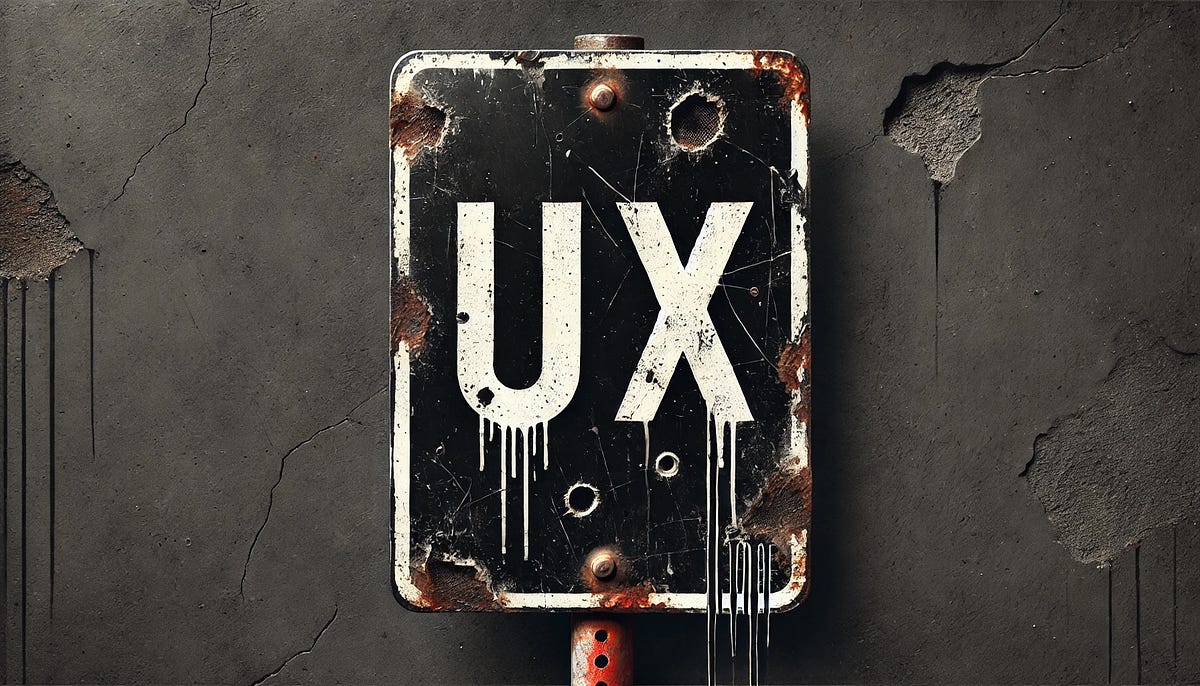Sarah Gibbons and Evan Sunwall from NN/g:
The rise of AI tools doesn’t mean becoming a “unicorn” who can do everything perfectly. Specialization will remain valuable in our field: there will still be dedicated researchers, content strategists, and designers.
However, AI is broadening the scope of what any individual can accomplish, regardless of their specific expertise.
What we’re seeing isn’t the elimination of specialization but rather an increased value placed on expanding the top of a professional’s “expertise T.”
This reinforces what I talked about in a previous essay, “T-shaped skills [will become] increasingly valuable—depth in one area with breadth across others.”
They go on to say:
We believe these broad skills will coalesce into experience designer and architect roles: people who direct AI-supported design tasks to craft experiences for humans and AI agents alike, while ensuring that the resulting work reflects well-researched, strategic thinking.
In other words, curation of the work that AI does.
They also make the point that designers need to be strategic, i.e., focus on the why:
This evolution means that the unique value we bring as UX professionals is shifting decidedly toward strategic thinking and leadership. While AI can execute tasks, it cannot independently understand the complex human and organizational contexts in which our work exists.
Finally, Gibbons and Sunwall end with some solid advice:
To adapt to this shift toward generalist skills, UX professionals should focus on 4 key areas: • Developing a learning mindset • Becoming fluent in AI collaboration • Focusing on transferable skills • Expanding into adjacent fields
I appreciate the learning mindset bit, since that’s how I’m wired. I also believe that collaborating with AI is the way to go, rather than seeing it as a replacement or a threat.


























